Water resources
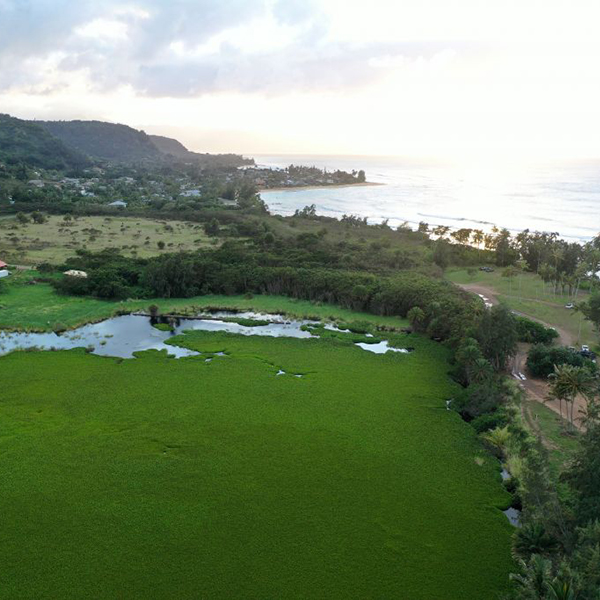
Developing an ecosystem-based monitoring program for adaptive management of Kalou lo‘i and loko wai
Research Projects 2024-2026 PRINCIPAL INVESTIGATOR: Carmella Vizza Sea Grant Graduate Fellow: Adrian Dougherty Research Track: Aquaculture Wetland restoration efforts in Hawaiʻi exist at the unique interface of traditional Hawaiian practices, conservation, agriculture, and aquaculture. These efforts involve enlarging endangered Hawaiian ...
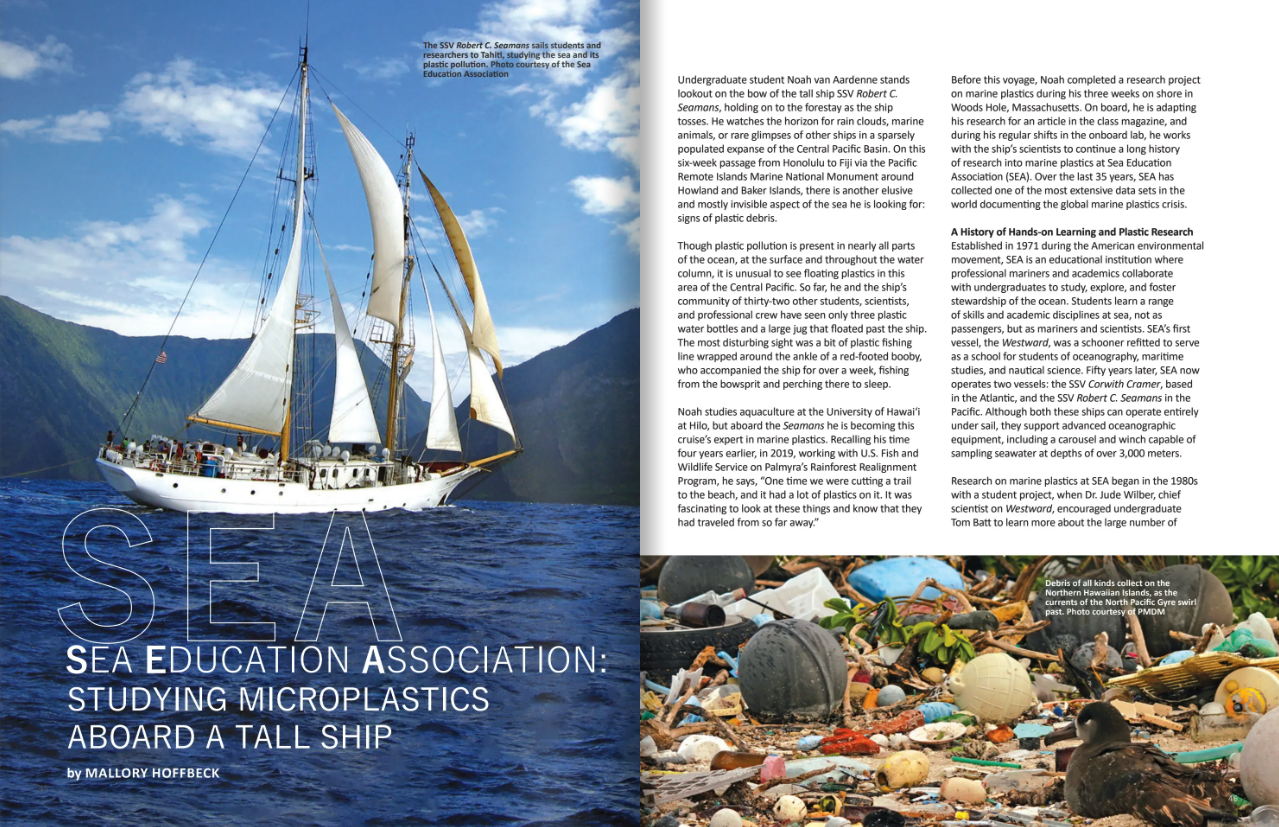
Sea Education Association: Studying Microplastics Aboard a Tall Ship
by Mallory HoffbeckUndergraduate student Noah van Aardenne stands lookout on the bow of the tall ship SSV Robert C. Seamans, holding on to the forestay as the ship tosses. He watches the horizon for rain clouds, marine animals, or rare ...
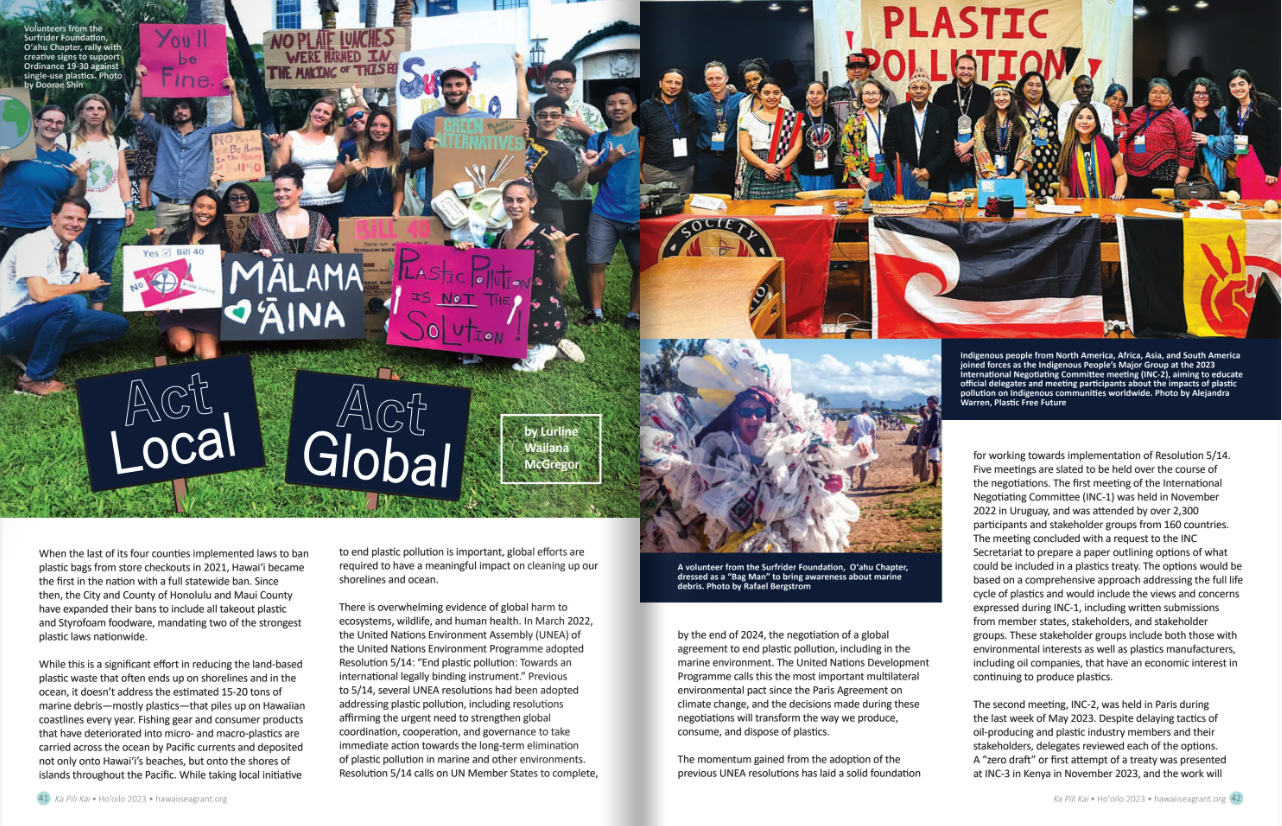
Act Local, Act Global
by Lurline Wailana McGregorWhen the last of its four counties implemented laws to ban plastic bags from store checkouts in 2021, Hawaiʻi became the first in the nation with a full statewide ban. Since then, the City and County of ...
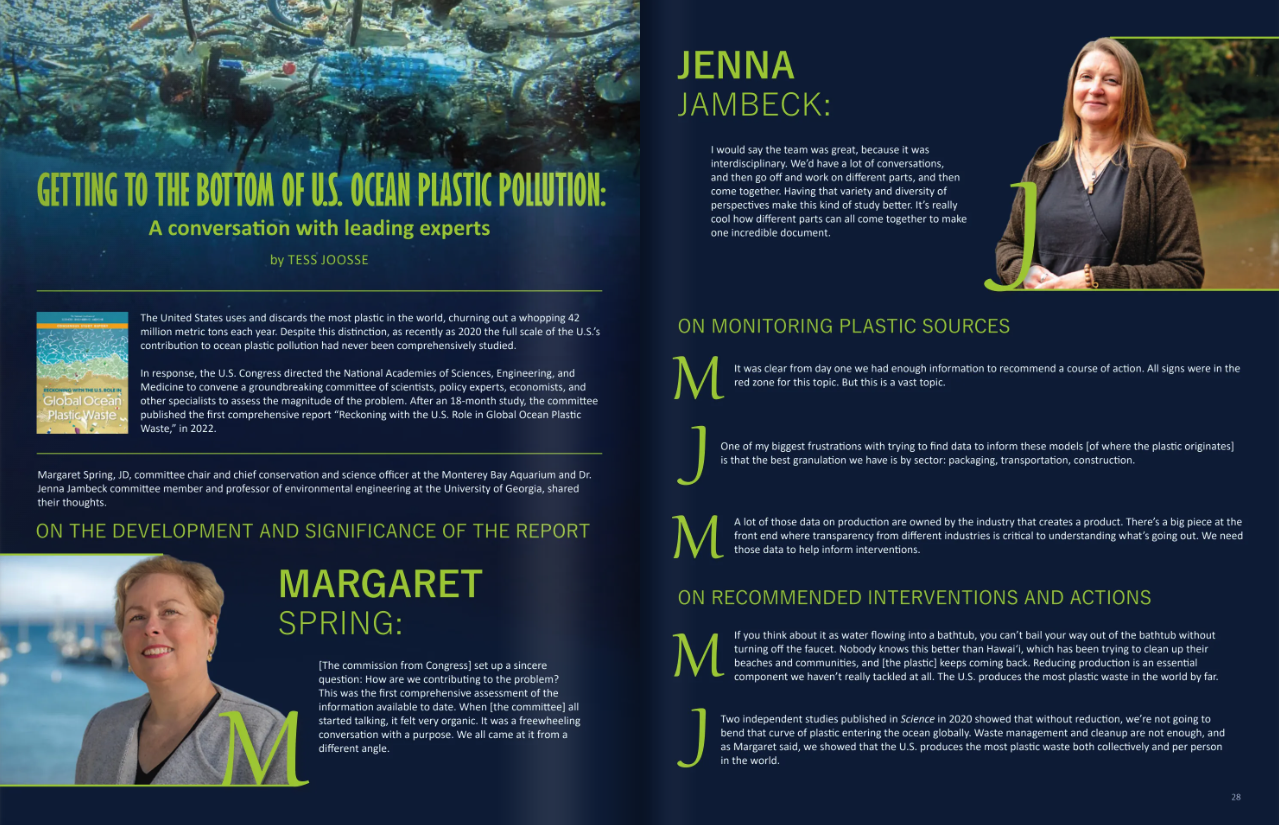
Getting to the Bottom of U.S. Ocean Plastic Pollution: a Conversation with Leading Experts
by Tess JoosseThe United States uses and discards the most plastic in the world, churning out a whopping 42 million metric tons each year. Despite this distinction, as recently as 2020 the full scale of the U.S.’s contribution to ocean ...

A “Bounty” to Remove Ghost Fishing Gear
by Josh McDanielHarry Lynch is a commercial fisherman and diver who lives on Oʻahu’s windward side. For over two decades, he’s been removing “ghost gear,” or discarded, lost, or abandoned fishing gear, that drifts into Hawaiian waters. Ghost gear continues ...
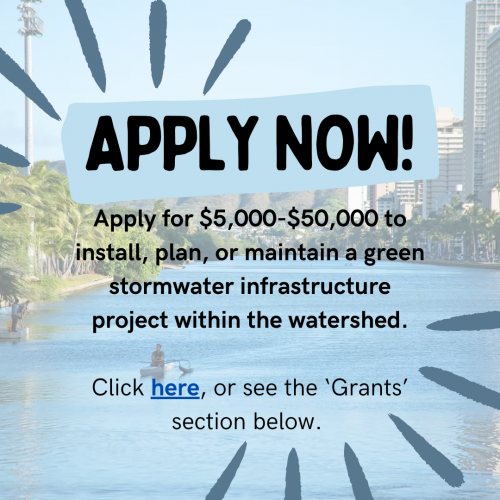
Ola Waikīkī!
Ola Waikīkī! Ola In Hawaiian, means well-being, living, thriving, and healthy—but it also connotes salvation, healing, and survival. This webpage is a resource for community members, planners, and policy makers to learn about water quality issues the Ala Wai Watershed ...
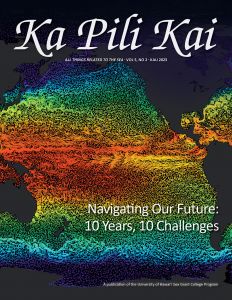
Ka Pili Kai Kau 2023
Click on the cover image to view the full issue. On the Cover Welcome to our latest issue, dedicated to the United Nations Decade of Ocean Science for Sustainable Development. Through this initiative, the world's attention is focused on the ...
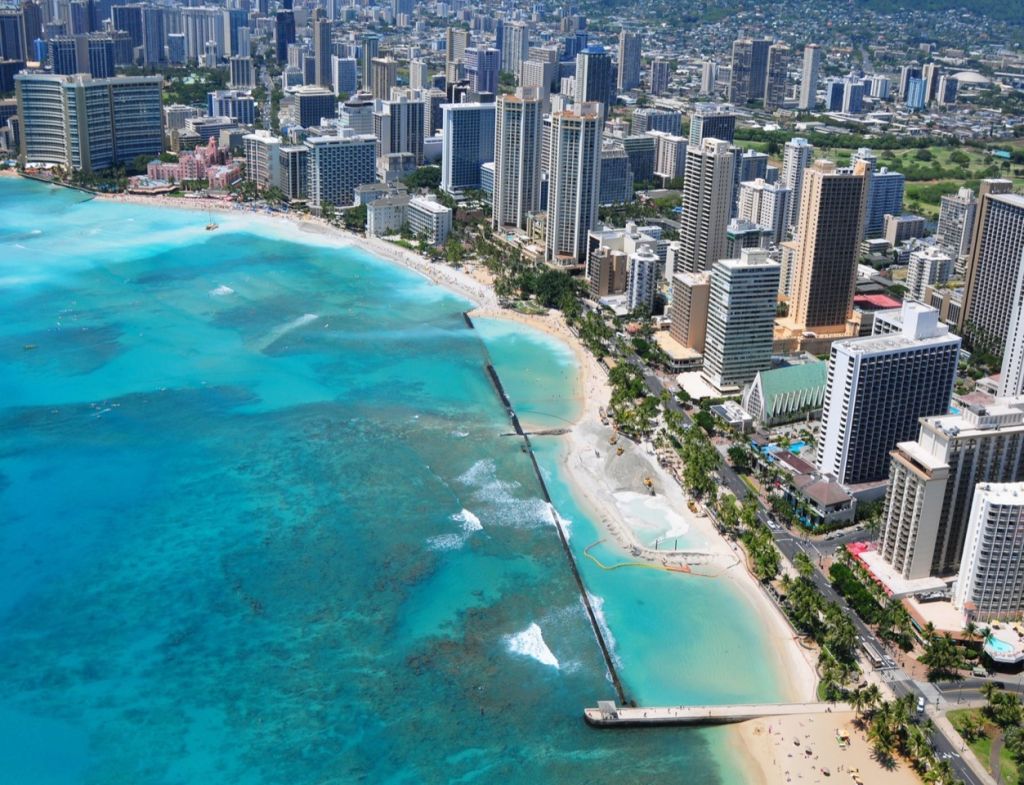
Sea Grant awards $8.1 million to strengthen community resilience nationwide
Sea Grant awards $8.1 million to strengthen community resilience nationwide February 2, 2023 (Honolulu, HI) – To build on Sea Grant’s nationwide initiatives to improve coastal community resilience, NOAA’s National Sea Grant College Program recently announced two complementary initiatives ...
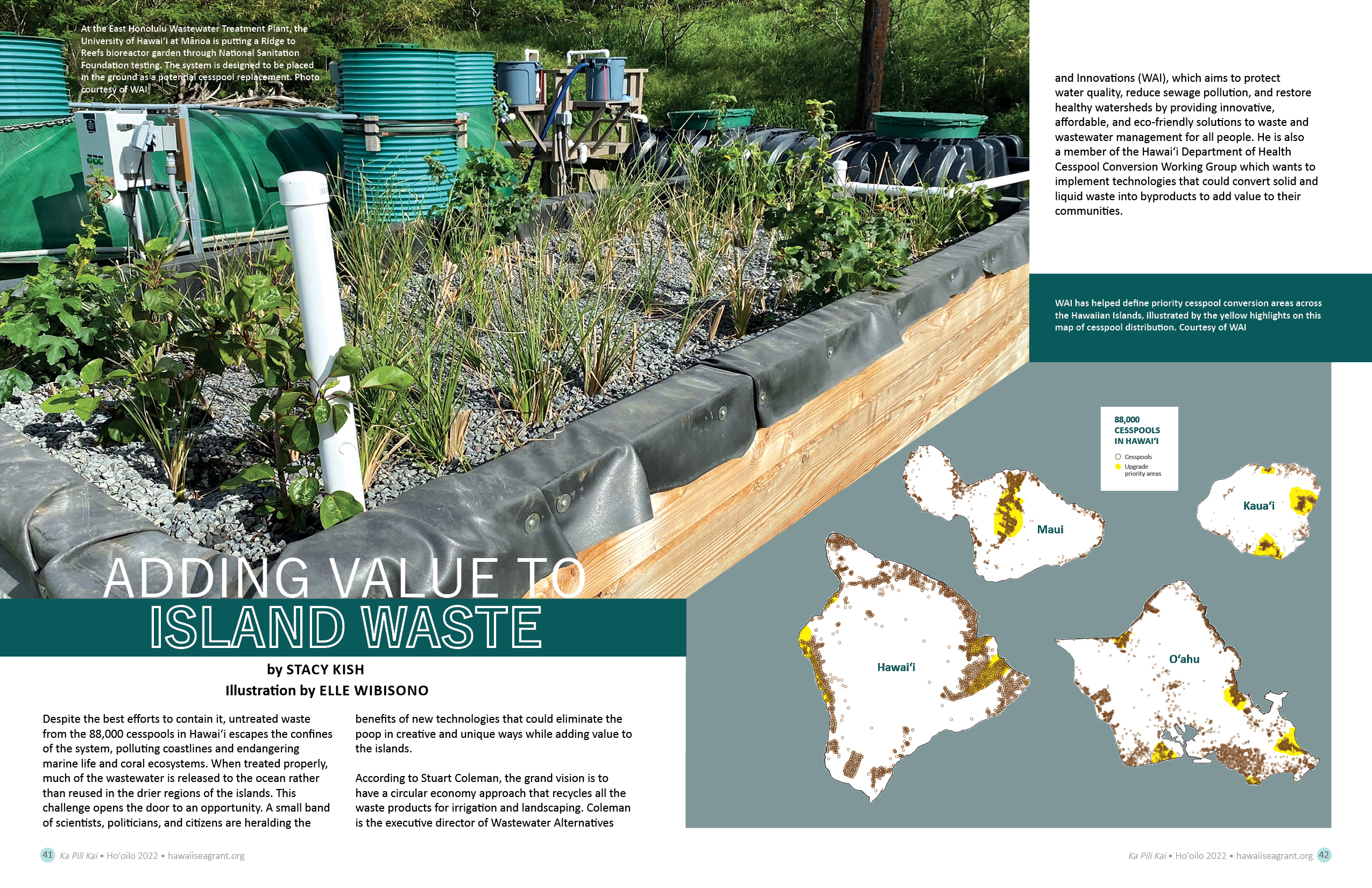
Adding Value to Island Waste
by Stacy KishDespite the best efforts to contain it, untreated waste from the 88,000 cesspools in Hawai‘i escapes the confines of the system, polluting coastlines and endangering marine life and coral ecosystems. When treated properly, much of the wastewater is ...
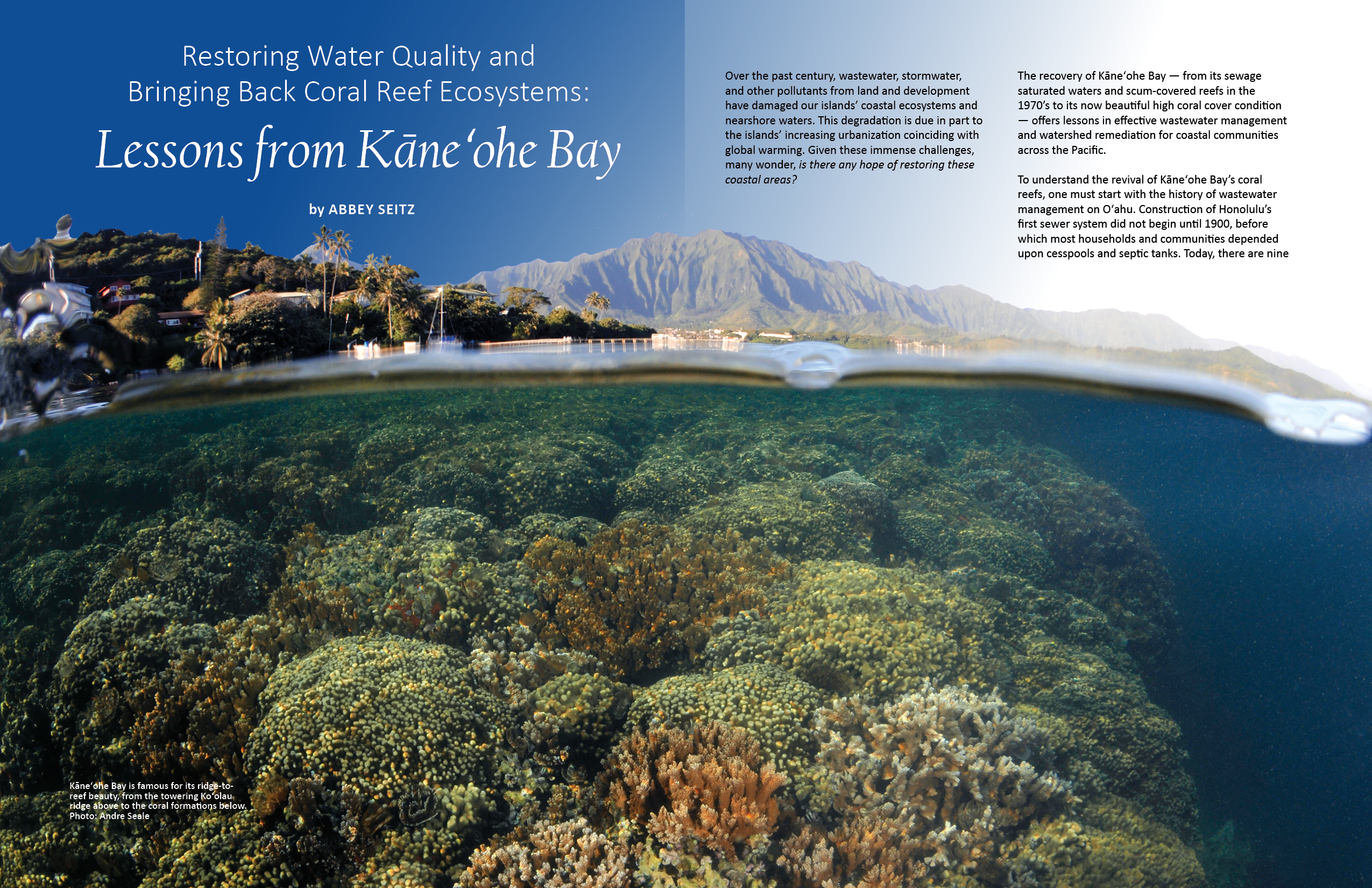
Restoring Water Quality and Bringing Back Coral Reef Ecosystems: Lessons from Kāneʻohe Bay
by Abbey SeitzOver the past century, wastewater, stormwater, and other pollutants from land and development have damaged our islands’ coastal ecosystems and nearshore waters. This degradation is due in part to the islands’ increasing urbanization coinciding with global warming. Given ...

